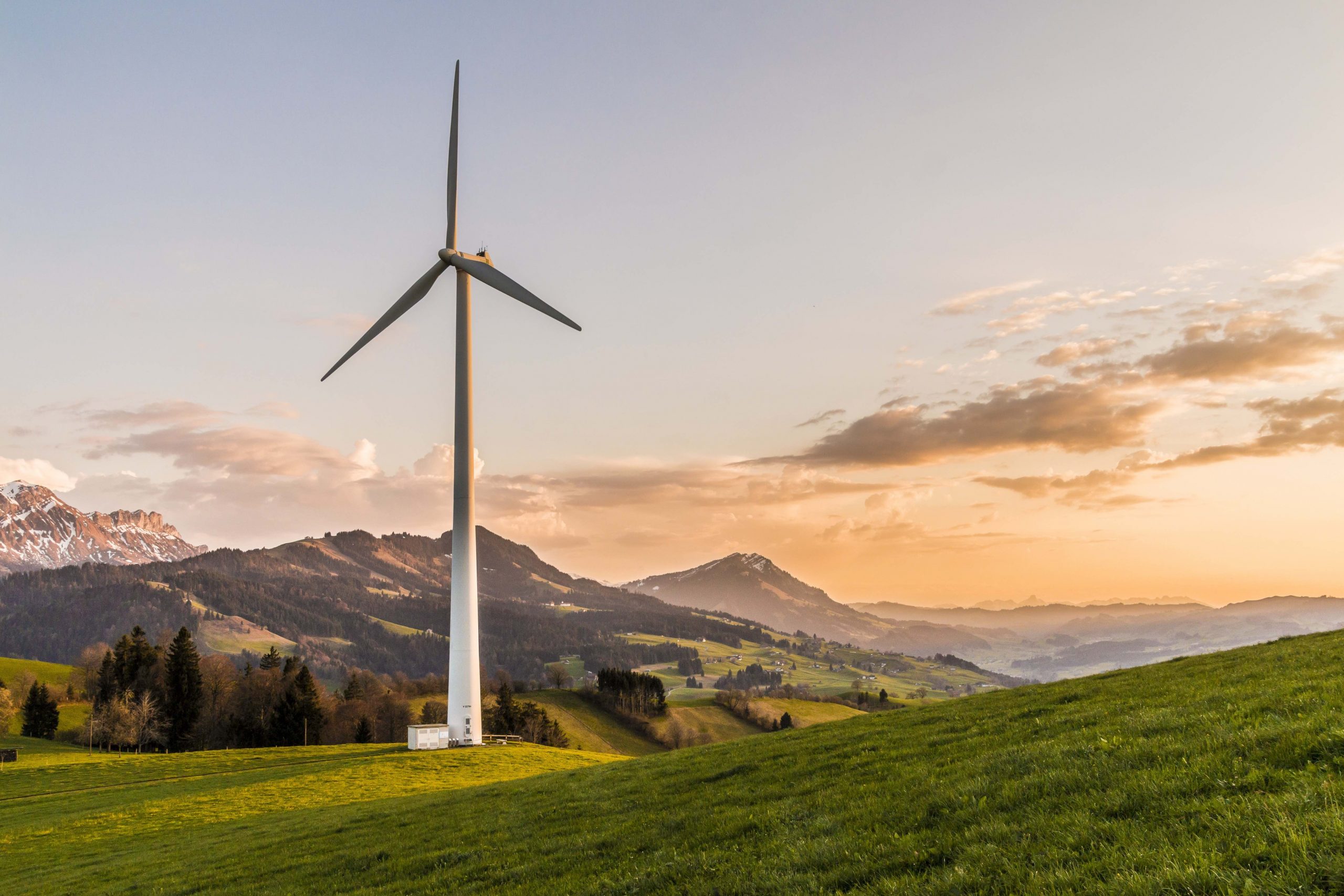Energy Storage Is The Key To A Greener Future
By Robert J. Kriss, C2ST Editor
We know how to generate electricity with solar and wind, and both have become less expensive than fossil fuel. But until we develop sufficient energy storage capacity to get us through the night and cloudy and windless days, we won’t be able to stop using gas, coal, or nuclear power.

So where do we stand with storage capacity? Battery technology is not there yet. Even with an unlimited budget (unrealistic) we don’t know how to store enough green energy in batteries to power even a small city through the night or fill an energy shortfall caused by multi-day weather events. In fact, most energy from renewables and fossil fuels in the United States is currently stored in pumped hydropower facilities. These facilities use surplus energy to pump water to a reservoir at a higher elevation. When additional energy is needed, the water is allowed to flow downward from the reservoir, pulled by gravity, and the flow turns turbines which generate electricity.
The National Renewable Energy Laboratory, part of the Department of Energy, recently summarized future U.S. energy storage capacity needs and current capacity:
“NREL’s Renewable Electricity Futures Study estimated that 120 gigawatts of storage would be needed across the continental United States by 2050, when the scenario imagined a future where 80% of electricity will come from renewable resources. The country currently has 22 gigawatts of storage from pumped hydropower, and another gigawatt in batteries.”
Argonne National Laboratory, in Lemont, Illinois, near Chicago, working with other national laboratories, recently developed a methodology for analyzing the economics of building new pumped hydropower storage facilities to store renewable energy. This tool should expedite investments by government and the private sector to facilitate the transition from fossil fuels to renewables. More information concerning the storage challenge and potential solutions can be found here and here.
As can be seen in the quote above from the NREL, we have a tremendous amount of storage capacity to build between now and 2050 if we want to transition to virtually 100% renewable energy. Battery technology must be improved. Pumped hydropower is a reasonably well-established technology, but it requires years and billions of dollars to build additional facilities.
In short, it will not be simple, and it will be expensive to figure out and implement renewable energy generation and storage technologies to transition to a green future. Public support for science research and infrastructure projects will be critically important. Partnerships between the national laboratories and corporations also will be key.
As was the case in addressing the pandemic, to transition to clean energy, the national laboratories must perform the basic research whose outcome is either too uncertain or too long-term to meet the profit-making criteria of the private sector. The public sector will share its research results and facilities with the private sector, and the private sector will take it from there. This is the U.S. model for success in solving big technological challenges — public and private sector partnerships, with each sector doing what it does best.
As citizens and beneficiaries of the solutions, it is in our interest to support science and engineering education and to elect representatives who respect science and are willing to provide the public funding necessary to achieve a solution.